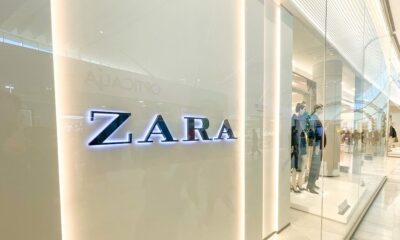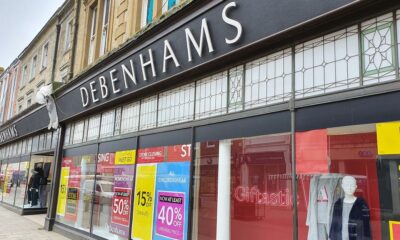Fashion
US’ Michael Kors & Jimmy Choo see dip as Capri targets FY27 growth
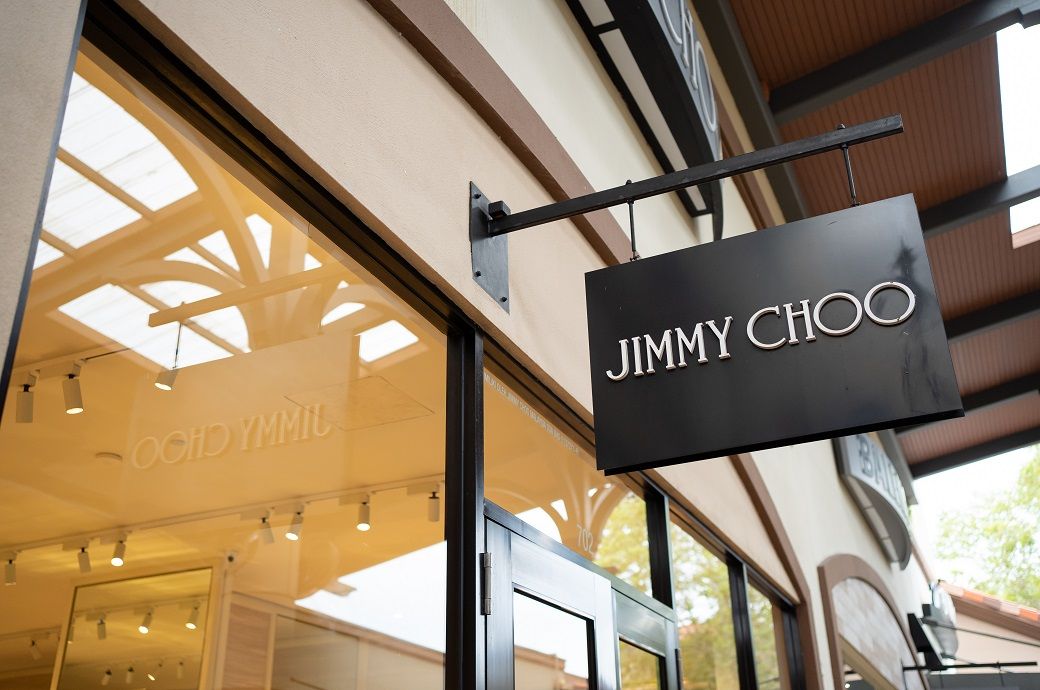
This excludes the performance of Versace, which has been classified under discontinued operations following a $1.375 billion acquisition agreement with Prada SpA, expected to close in the second half of calendar year 2025, Capri Holdings said in a press release.
Capri Holdings has reported revenue of $797 million in Q1 FY26, down 6 per cent, excluding Versace, which is under a $1.375 billion sale to Prada.
Net income rose to $56 million.
Michael Kors and Jimmy Choo saw revenue declines.
FY26 revenue is projected at $3.37–$3.45 billion.
The company aims to stabilise in FY26 and return to growth in FY27, focusing on Michael Kors and Jimmy Choo.
The company reported a gross profit of $502 million, with a gross margin of 63 per cent, nearly flat compared to 63.1 per cent in the prior year. The operating income rose to $16 million from $11 million last year, improving the operating margin to 2 per cent.
On an adjusted basis, the operating income of the group stood at $20 million, with an adjusted margin of 2.5 per cent, down from 3.7 per cent in the prior-year period.
The company posted a net income of $56 million or $0.47 per diluted share, compared to $5 million or $0.03 per diluted share in Q1 FY25. The adjusted net income was $60 million or $0.50 per share, a notable increase from $18 million or $0.16 per share last year.
Inventory levels increased by 10.8 per cent year-over-year to $779 million, driven by $50 million in planned early receipts and an additional $25 million impact from foreign currency exchange and tariffs.
The company generated $20 million in cash flow from operations, spent $13 million in capital expenditures, and ended the quarter with $129 million in cash and $1.7 billion in total borrowings, resulting in net debt of $1.5 billion—unchanged from the prior year.
Segment-wise, Michael Kors revenue fell by 5.9 per cent to $635 million, or 7.3 per cent in constant currency. It delivered a gross profit of $388 million with a margin of 61.1 per cent and operating income of $63 million, resulting in a 9.9 per cent operating margin.
Jimmy Choo’s revenue stood at $162 million, down 6.4 per cent on a reported basis and 9.2 per cent in constant currency. It posted a gross profit of $114 million, improving its gross margin to 70.4 per cent from 67.1 per cent last year. The brand’s operating income was flat at $4 million, with a slightly improved margin of 2.5 per cent.
“We are encouraged by our first quarter results. Trends improved sequentially leading to both revenue and earnings per share that exceeded our expectations. This performance demonstrates the progress we are making as we execute against our strategic initiatives to energise our fashion luxury houses. While still early, we are beginning to see signs that our strategies are working,” said John D Idol, chairman and chief executive officer (CEO) at Capri Holdings.
Looking ahead, Capri Holdings is expecting revenue between $3.37 billion and $3.45 billion in FY26, with operating income of approximately $100 million and net interest income ranging from $85 to $95 million.
The effective tax rate is projected to be in the mid-teens, and diluted earnings per share (EPS) is forecast between $1.2 and $1.4. Michael Kors is expected to generate $2.80 to $2.875 billion in revenue with a high-single-digit operating margin, while Jimmy Choo is projected to earn $565 to $575 million in revenue but will operate at a negative mid-single-digit margin.
For the second quarter (Q2) of FY26, Capri Holdings anticipates revenue between $815 million and $835 million, with a slightly positive operating margin. Net interest income is expected to be around $15 million and the tax rate approximately 40 per cent.
EPS for Q2 is forecast between $0.10 and $0.15. Michael Kors is expected to contribute $685 to $700 million in revenue with a high-single-digit margin, and Jimmy Choo is projected to generate $130 to $135 million in revenue, maintaining a negative mid-single-digit margin.
The outlook incorporates assumed tariffs ranging from 15 to 30 per cent on imports from key sourcing countries, including China, India, Vietnam, Cambodia, Bangladesh, Indonesia, and the European Union (EU), added the release.
“Looking ahead, with the Versace transaction is expected to close in the second half of calendar year 2025, we are focused on executing the strategic initiatives across our two iconic brands, Michael Kors and Jimmy Choo,” added Idol. “We remain on track to stabilise our business this year while establishing a solid foundation for a return to growth in fiscal 2027.”
Fibre2Fashion News Desk (SG)
Fashion
Free People to relocate West End store, will also debut in Scotland

Published
December 18, 2025
Free People’s London flagship on Regent Street is closing at Christmas, a decision that sees the US lifestyle brand relocating to a new 4,550 sq ft space on nearby Argyll Street.
Targeting an opening date sometime in the spring, the new flagship promises to offer an “elevated retail experience”.
Free People, which is owned by Philadelphia-based retail giant Urban Outfitters Inc, is also planning to open a new store in Edinburgh in January, becoming its first store in Scotland.
Free People managing director of International, Chris Worthington, said: “The UK is the cornerstone of our international growth strategy, and we are thrilled with the response from our British customer base.
“As we evolve our physical footprint, our focus is increasingly on finding unique locations that allow us to immerse our customers in the Free People brand experience.”
He added: “We’re prioritising locations that give us the creative flexibility to design compelling, distinct zones that allow us to tell our complete brand story in a more dynamic and expansive way.”
Argyll Street will join four other Free People London stores (Covent Garden, King’s Road, Shoreditch and Hampstead) plus Richmond in Greater London.
Copyright © 2025 FashionNetwork.com All rights reserved.
Fashion
French menswear season to feature 35 shows, with two Paris debutantes, and Balenciaga return
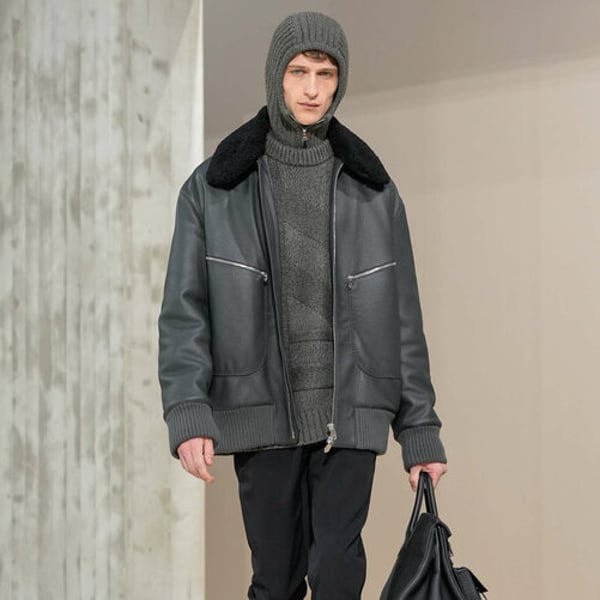
Published
December 18, 2025
This January’s French menswear catwalk season will feature 35 live shows, including two Paris debutantes, and at least 32 presentations, including a surprise return by Balenciaga
Scheduled to last six days from Tuesday, January 20 to Sunday evening, January 25, the season will welcome debut Paris shows by two noted young brands: Jeanne Friot and Magliano, according to the official calendar released Thursday by the Federation de la Haute Couture et de la Mode (FHCM), French high fashion’s governing body.
Though the season’s most anticipated shows will be the debut of Grace Wales Bonner at Hermès, the return of Jacquemus, and the second menswear collection by Jonathan Anderson for the house of Dior. However, the house of Saint Laurent, notorious for its erratic show dates, has gone missing again from the French calendar, after showing last June.
In terms of new arrivals, Jeanne Friot is a gender-neutral brand based in Paris founded by Friot in 2020. A graduate of the Duperré School and then the Institut Français de la Mode in 2018, Friot cut her teeth at several fashion houses, including Balenciaga. Her show will open the season on Tuesday morning, in a busy opening day which finishes with Pharrell Williams’ fifth runway collection for Louis Vuitton.
Luca Magliano is a Bologna-born creator who first received recognition at the Who Is On Next? menswear awards in 2017. Six years later, Magliano nabbed the coveted Karl Lagerfeld award at the 2023 LVMH Prize. Last January he staged a dramatic show in Florence as Pitti’s guest designer, in a skilful and dramatic display that cleverly combined gender fluidity and quirky Italian tailoring.
Though the season’s hottest ticket will be Wales Bonner’s opening act at Hermès with a Saturday evening show, where she succeeds Veronique Nichanian after a three-decade-plus tenure. Jacquemus will climax the menswear season with the final show on Sunday night.
Anderson’s second Dior Homme menswear show will be staged on Tuesday afternoon, which ends with an evening show by Alexandre Mattiussi for his line Ami.
Balenciaga, which had previously presented menswear mainly in co-ed shows under designer Demna, will try out a novel format under his successor Pierpaolo Piccioli. The house will unveil its menswear online on January 15, when most buyers and press will be attending the Pitti menswear salon in Florence, before physically unveiling the collection on January 20 in its historic Paris HQ.
Elsewhere, Paris will also welcome back inventive perennials like Yohji Yamamoto, Comme des Garçons, Junya Watanabe, and Rick Owens. And feature shows by happening labels such as Willy Chavarria, Kidsuper, Sacai, 3. Paradis, and Kolor.
As noted, the house of Loewe has decided not to stage a runway show in the next menswear season in Paris in January. Instead, it will combine menswear and womenswear into a co-ed show during the next women’s ready-to-wear season in the French capital in March. While J.W. Anderson, the house of Loewe’s former designer Jonathan Anderson, who decamped to Dior, will also not stage a runway event.
In a busy week, four fresh arrivals will hold presentations: ERL by Eli Russell Linnetz from Los Angeles; Saudi label Kml; eco-friendly brand Sonia Carrasco; and Japanese minimalist label ssstein. While three other labels return after brief hiatuses: Charles Jeffery Loverboy, Maison Kitsuné, and Post Archive Faction (PAF).
Copyright © 2025 FashionNetwork.com All rights reserved.
Fashion
Bulgari appoints Laura Burdese as new CEO

Published
December 18, 2025
Bulgari has named Laura Burdese, a 10-year veteran of LVMH, to be the famed jewellery brand’s CEO, though her appointment is only effective from July 1, 2026. Burdese succeeds Jean-Christophe Babin and will report to Stéphane Bianchi.
“I am very proud of this smooth transition from one great leader to another. For the past three years, Laura and Jean- Christophe have worked side by side to sustain and orchestrate the brand elevation of the iconic Roman jewellery Maison. The nomination of Laura, while opening a new chapter for Bulgari, is a tribute to her strong contribution and accomplishments,” said Stéphane Bianchi, LVMH group managing director and CEO of LVMH watches and jewellery, in a release.
Burdese began her career in the LVMH Group as CEO for Acqua di Parma, before joining Bulgari in 2022 as chief marketing officer. After leading the brand transformation and elevation over recent years, she was promoted to deputy CEO in July 2024.
“Jean-Christophe has shaped the success of TAG Heuer and Bulgari while creating unique paths within their respective industries. I am confident that in his new missions, he will bring the same energy and keep on supporting LVMH and its maisons thanks to his extraordinary vision,” Bianchi added in a release.
Babin will step down as CEO of Bulgari after more than 25 years in the giant luxury group, first at TAG Heuer and then at Bulgari. Under his leadership, the maison underwent a profound transformation, reclaiming its unique position as the quintessential Roman high jeweller. He also spearheaded Bulgari’s advancements in watchmaking and expanded Bulgari into the luxury hospitality industry with new hotels in major global cities.
Babin also demonstrated a strong commitment to Italian craftsmanship, evidenced by the inauguration of a new factory extension in Valenza and the launch of the Scuola Bulgari. Babin will continue to serve as chairman of the Bulgari Board, CEO of the Bulgari Hotel Business Unit, and president of the Bulgari Foundation. He will also report to Bianchi.
Burdese started her career in the beauty industry, holding brand management positions at Beiersdorf and L’Oréal. In 1999, she joined the Swatch Group as marketing director Italy, before doing management stints at Klein Watch and Jewelry and Swatch Group’s Italian subsidiary. In addition to this role in 2012, she was named president and CEO of Calvin Klein Watch & Jewelry Co. Ltd.
In October 2016, she joined LVMH as president and CEO of Acqua di Parma. In 2022, Burdese was appointed vice president of marketing and communications at Bulgari, before being appointed deputy CEO in 2024. She holds a degree in International Economics from the University of Trieste and a Master’s degree in Marketing and Communication.
Copyright © 2025 FashionNetwork.com All rights reserved.
-
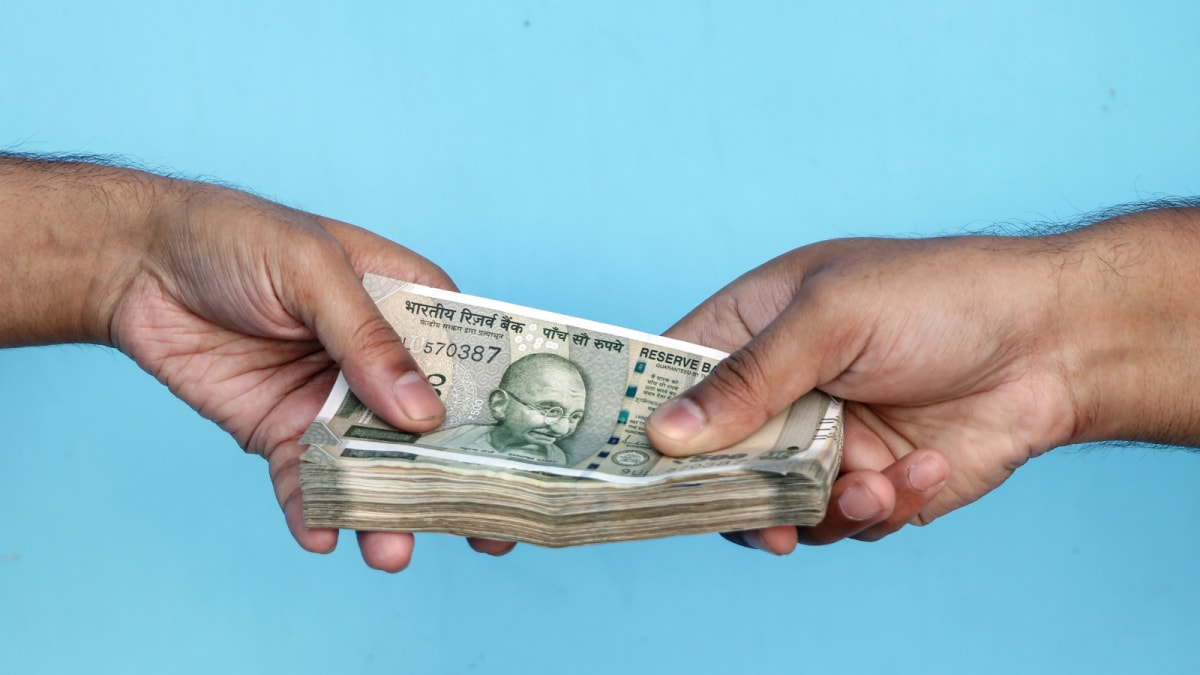
 Business5 days ago
Business5 days agoHitting The ‘High Notes’ In Ties: Nepal Set To Lift Ban On Indian Bills Above ₹100
-

 Politics1 week ago
Politics1 week agoTrump launches gold card programme for expedited visas with a $1m price tag
-

 Tech1 week ago
Tech1 week agoJennifer Lewis ScD ’91: “Can we make tissues that are made from you, for you?”
-

 Business1 week ago
Business1 week agoRivian turns to AI, autonomy to woo investors as EV sales stall
-

 Business1 week ago
Business1 week agoCoca-Cola taps COO Henrique Braun to replace James Quincey as CEO in 2026
-
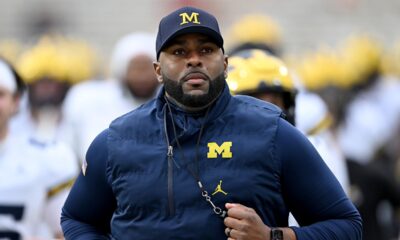
 Sports1 week ago
Sports1 week agoPolice detain Michigan head football coach Sherrone Moore after firing, salacious details emerge: report
-

 Fashion1 week ago
Fashion1 week agoTommy Hilfiger appoints Sergio Pérez as global menswear ambassador
-
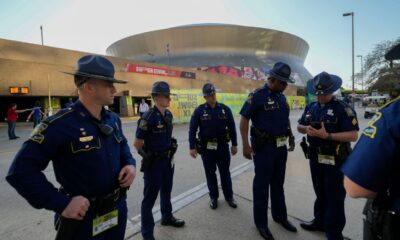
 Sports1 week ago
Sports1 week agoU.S. House passes bill to combat stadium drones


